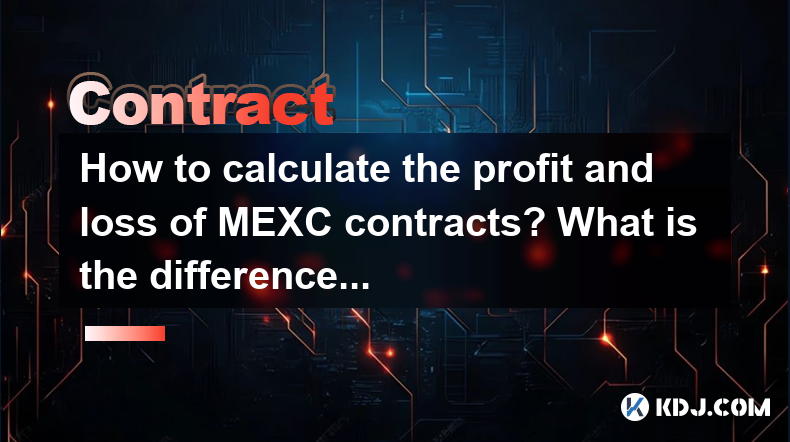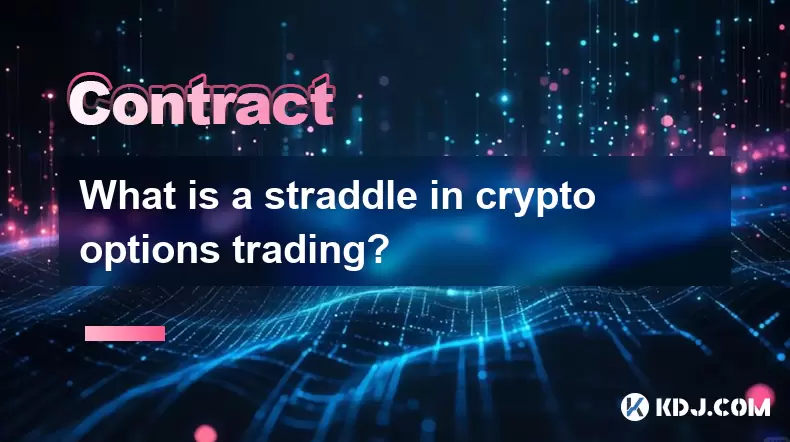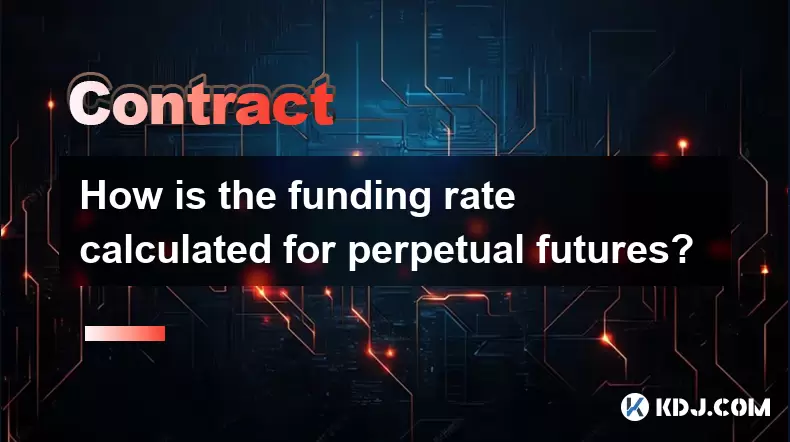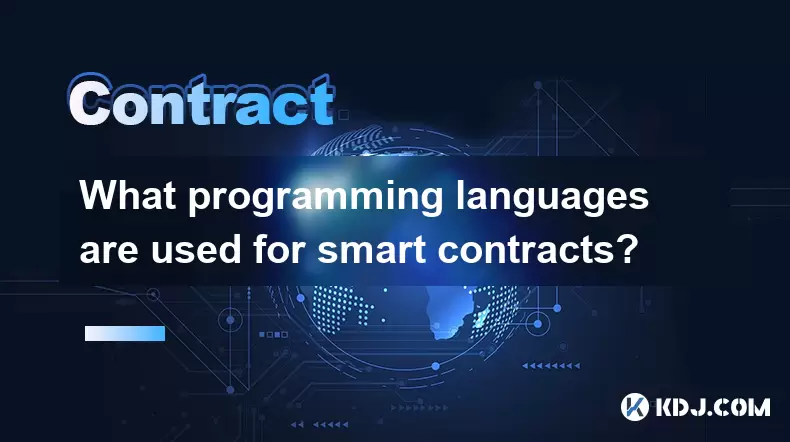-
 Bitcoin
Bitcoin $116800
1.37% -
 Ethereum
Ethereum $3832
5.15% -
 XRP
XRP $3.063
2.69% -
 Tether USDt
Tether USDt $1.000
0.04% -
 BNB
BNB $774.1
0.84% -
 Solana
Solana $170.7
1.56% -
 USDC
USDC $0.0000
0.01% -
 Dogecoin
Dogecoin $0.2142
5.31% -
 TRON
TRON $0.3406
1.90% -
 Cardano
Cardano $0.7635
3.81% -
 Hyperliquid
Hyperliquid $39.55
2.42% -
 Sui
Sui $3.732
7.71% -
 Stellar
Stellar $0.4127
4.25% -
 Chainlink
Chainlink $17.80
6.91% -
 Bitcoin Cash
Bitcoin Cash $576.7
1.66% -
 Hedera
Hedera $0.2521
3.28% -
 Ethena USDe
Ethena USDe $1.001
0.01% -
 Avalanche
Avalanche $22.66
2.19% -
 Litecoin
Litecoin $121.3
2.98% -
 UNUS SED LEO
UNUS SED LEO $8.959
-0.31% -
 Toncoin
Toncoin $3.325
2.88% -
 Shiba Inu
Shiba Inu $0.00001263
2.84% -
 Uniswap
Uniswap $10.11
4.79% -
 Polkadot
Polkadot $3.769
3.22% -
 Dai
Dai $1.000
0.01% -
 Bitget Token
Bitget Token $4.413
1.46% -
 Monero
Monero $272.9
-4.98% -
 Cronos
Cronos $0.1488
4.22% -
 Pepe
Pepe $0.00001088
4.01% -
 Aave
Aave $273.0
4.73%
How to calculate the profit and loss of MEXC contracts? What is the difference between unrealized profit and loss and realized profit and loss?
Calculating P&L on MEXC involves understanding market value and initial investment; leverage amplifies both profits and losses, requiring careful risk management.
May 07, 2025 at 03:35 am

Understanding how to calculate the profit and loss (P&L) of MEXC contracts is essential for traders looking to navigate the volatile world of cryptocurrency derivatives. MEXC, a leading cryptocurrency exchange, offers various types of contracts such as futures and perpetual swaps. In this article, we will delve into the specifics of calculating P&L on MEXC contracts and clarify the crucial differences between unrealized and realized profit and loss.
Understanding MEXC Contracts
MEXC offers a range of contracts that allow traders to speculate on the price movements of cryptocurrencies without needing to own the underlying assets. Futures contracts are agreements to buy or sell an asset at a future date for a predetermined price, while perpetual contracts do not have an expiration date and aim to closely track the underlying asset's price.
To participate in MEXC contracts, traders must first deposit collateral, often referred to as margin, into their trading accounts. The amount of margin required can vary based on the leverage chosen by the trader. Higher leverage means traders can control larger positions with less capital, but it also increases the risk of significant losses.
Calculating Profit and Loss on MEXC Contracts
Calculating P&L on MEXC contracts involves understanding both the position's market value and the initial investment made. The basic formula for calculating P&L is:
[ \text{P&L} = (\text{Current Price} - \text{Entry Price}) \times \text{Contract Size} \times \text{Number of Contracts} ]
For example, if a trader enters a long position on BTC/USDT futures at an entry price of $30,000 and the current market price rises to $32,000, with a contract size of 0.001 BTC and holding 10 contracts, the P&L can be calculated as:
[ \text{P&L} = (32,000 - 30,000) \times 0.001 \times 10 = 2,000 \text{ USDT} ]
It's important to note that this calculation represents the gross profit or loss. Traders must also consider fees, such as trading fees and funding fees, which can affect the net P&L.
Unrealized vs. Realized Profit and Loss
The concepts of unrealized and realized profit and loss are fundamental in trading MEXC contracts. Unrealized P&L refers to the profit or loss that has not yet been settled. It is the potential gain or loss on an open position based on the current market price.
For instance, if a trader holds a position in a BTC/USDT perpetual contract at an entry price of $30,000 and the market price moves to $32,000, the unrealized P&L is the same as the example above, $2,000 USDT. This amount represents the profit the trader would realize if they closed the position at that moment.
On the other hand, realized P&L is the profit or loss that has been settled after closing a position. Using the same example, if the trader decides to close their position at the market price of $32,000, the $2,000 USDT becomes realized P&L. This amount is then reflected in the trader's account balance.
How to Monitor Unrealized P&L on MEXC
To effectively manage your trading positions, it's crucial to keep an eye on your unrealized P&L. MEXC provides various tools and interfaces to help traders do this:
- Open the MEXC trading platform and navigate to the "Futures" or "Perpetual" section, depending on your contract type.
- Select your active position from the list of open orders. The unrealized P&L will be displayed alongside other details such as entry price, current price, and margin used.
- Use the MEXC mobile app for on-the-go monitoring. The app displays real-time data on your open positions, including unrealized P&L.
Steps to Realize P&L on MEXC
Realizing your P&L involves closing your open positions. Here’s how you can do it on the MEXC platform:
- Navigate to the "Futures" or "Perpetual" section on the MEXC trading platform.
- Locate your open position in the list of active orders.
- Click on the "Close" or "Sell" button to initiate the closing process. If you have a long position, you will sell to close, and if you have a short position, you will buy to close.
- Confirm the order details and submit the order. The position will be closed at the current market price, and the realized P&L will be reflected in your account balance.
Impact of Leverage on P&L
Leverage plays a significant role in determining the potential P&L of MEXC contracts. Leverage allows traders to amplify their exposure to the market with a smaller initial investment. However, it also magnifies both profits and losses.
For instance, if a trader uses 10x leverage to enter a long position on BTC/USDT futures at an entry price of $30,000, a 1% increase in the market price to $30,300 would result in a 10% increase in the trader's P&L. Conversely, a 1% decrease to $29,700 would result in a 10% decrease in the trader's P&L.
It's crucial for traders to understand the risks associated with leverage and to use it judiciously. MEXC provides various risk management tools, such as stop-loss orders, to help traders mitigate potential losses.
Frequently Asked Questions
Q: Can I use different types of margin for MEXC contracts?
A: Yes, MEXC supports both cross-margin and isolated-margin trading for contracts. Cross-margin uses the entire account balance as collateral, while isolated-margin uses only the margin allocated to a specific position. Each method has its own advantages and risks, and traders should choose based on their risk tolerance and trading strategy.
Q: How does MEXC handle funding fees for perpetual contracts?
A: MEXC perpetual contracts are subject to funding fees, which are periodic payments made between long and short position holders to ensure the contract price remains closely aligned with the spot market price. Funding fees are calculated based on the funding rate, which can be positive or negative. If the funding rate is positive, long position holders pay short position holders, and vice versa if the funding rate is negative.
Q: What happens if my account balance falls below the maintenance margin on MEXC?
A: If your account balance falls below the maintenance margin requirement, MEXC will initiate a liquidation process to close your position. This is done to prevent further losses and to protect the integrity of the trading platform. Traders should monitor their positions closely and use risk management tools to avoid liquidation.
Q: Can I withdraw my realized P&L immediately after closing a position on MEXC?
A: Yes, once you close a position and realize your P&L, the funds are available in your account balance. However, you must ensure that you meet the minimum withdrawal requirements set by MEXC, and there may be a processing time for withdrawals depending on the cryptocurrency and network conditions.
Disclaimer:info@kdj.com
The information provided is not trading advice. kdj.com does not assume any responsibility for any investments made based on the information provided in this article. Cryptocurrencies are highly volatile and it is highly recommended that you invest with caution after thorough research!
If you believe that the content used on this website infringes your copyright, please contact us immediately (info@kdj.com) and we will delete it promptly.
- Ripple, Rail, and Stablecoin Payments: A $200M Power Play
- 2025-08-07 22:50:12
- Punisher Coin Presale: The Next $Trump? Aiming for 100x Gains!
- 2025-08-07 22:50:12
- Riding the Crypto Wave: Presale Cryptos, Cold Wallets, and the BTC Bull Run
- 2025-08-07 23:10:12
- Crypto's Wild Ride: Punisher Coin, Popcat, and the Meme Coin Mania
- 2025-08-07 23:10:12
- Bitcoin Price, XRP Prediction, Cryptocurrency: Navigating the Wild West of Digital Assets
- 2025-08-07 23:15:12
- WiMi, Quantum Computing, and AR Tech: Navigating the Future Today
- 2025-08-07 22:30:12
Related knowledge

What is a straddle in crypto options trading?
Aug 07,2025 at 11:15pm
Understanding the Basics of a Straddle in Crypto OptionsA straddle is an options trading strategy used when a trader expects significant price movemen...

How is the funding rate calculated for perpetual futures?
Aug 07,2025 at 11:36pm
Understanding the Basics of Perpetual FuturesPerpetual futures are a type of derivative contract that does not have an expiration date, allowing trade...

What programming languages are used for smart contracts?
Aug 07,2025 at 06:07pm
Understanding Smart Contracts and Their Execution EnvironmentSmart contracts are self-executing programs deployed on blockchain networks that automati...

What is a short position in crypto contracts?
Aug 07,2025 at 11:42pm
Understanding the Concept of a Short Position in Crypto ContractsA short position in crypto contracts refers to a trading strategy where a trader prof...

What is a long position in crypto contracts?
Aug 07,2025 at 06:29pm
Understanding the Concept of a Long Position in Crypto ContractsA long position in crypto contracts refers to a trading strategy where a trader buys a...

Why is my Bitstamp futures position being liquidated?
Jul 23,2025 at 11:08am
Understanding Futures Liquidation on BitstampFutures trading on Bitstamp involves borrowing funds to open leveraged positions, which amplifies both po...

What is a straddle in crypto options trading?
Aug 07,2025 at 11:15pm
Understanding the Basics of a Straddle in Crypto OptionsA straddle is an options trading strategy used when a trader expects significant price movemen...

How is the funding rate calculated for perpetual futures?
Aug 07,2025 at 11:36pm
Understanding the Basics of Perpetual FuturesPerpetual futures are a type of derivative contract that does not have an expiration date, allowing trade...

What programming languages are used for smart contracts?
Aug 07,2025 at 06:07pm
Understanding Smart Contracts and Their Execution EnvironmentSmart contracts are self-executing programs deployed on blockchain networks that automati...

What is a short position in crypto contracts?
Aug 07,2025 at 11:42pm
Understanding the Concept of a Short Position in Crypto ContractsA short position in crypto contracts refers to a trading strategy where a trader prof...

What is a long position in crypto contracts?
Aug 07,2025 at 06:29pm
Understanding the Concept of a Long Position in Crypto ContractsA long position in crypto contracts refers to a trading strategy where a trader buys a...

Why is my Bitstamp futures position being liquidated?
Jul 23,2025 at 11:08am
Understanding Futures Liquidation on BitstampFutures trading on Bitstamp involves borrowing funds to open leveraged positions, which amplifies both po...
See all articles

























































































